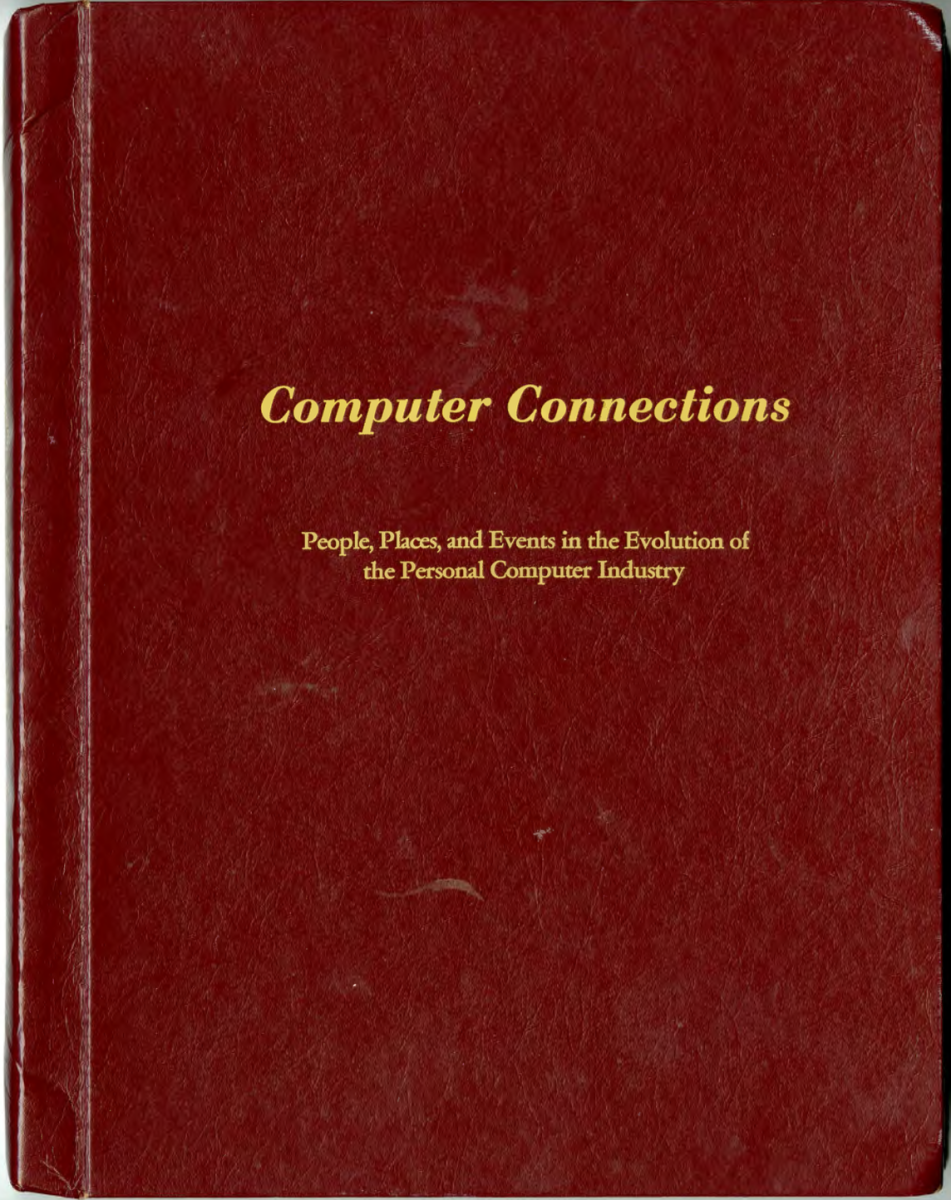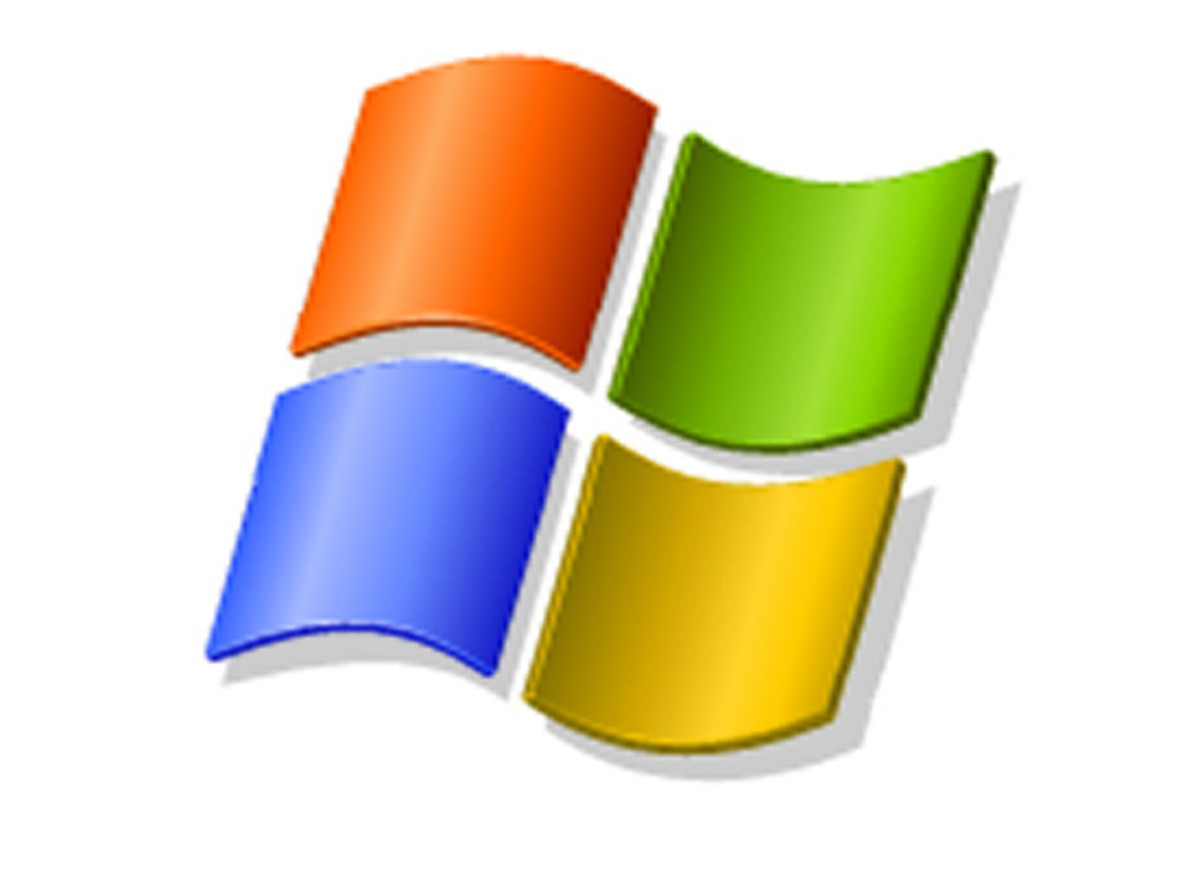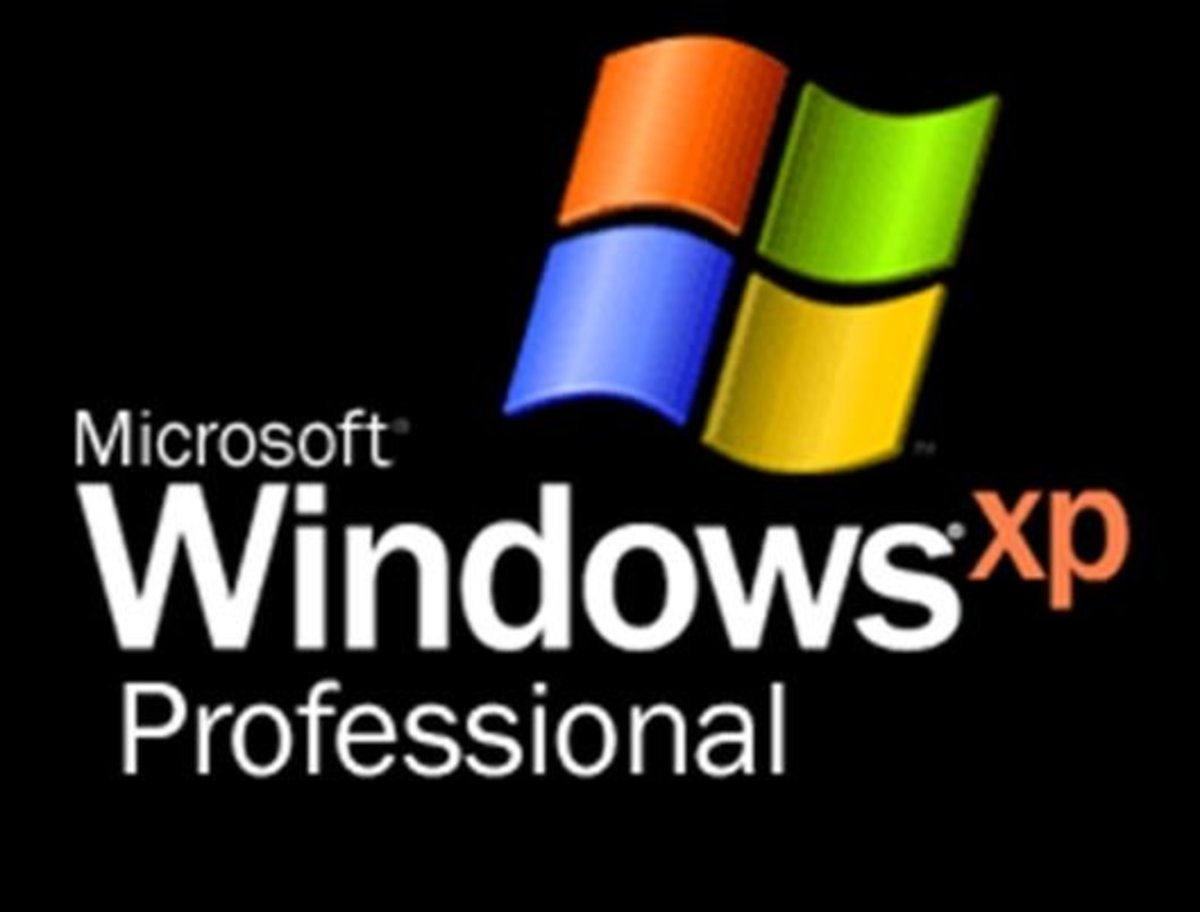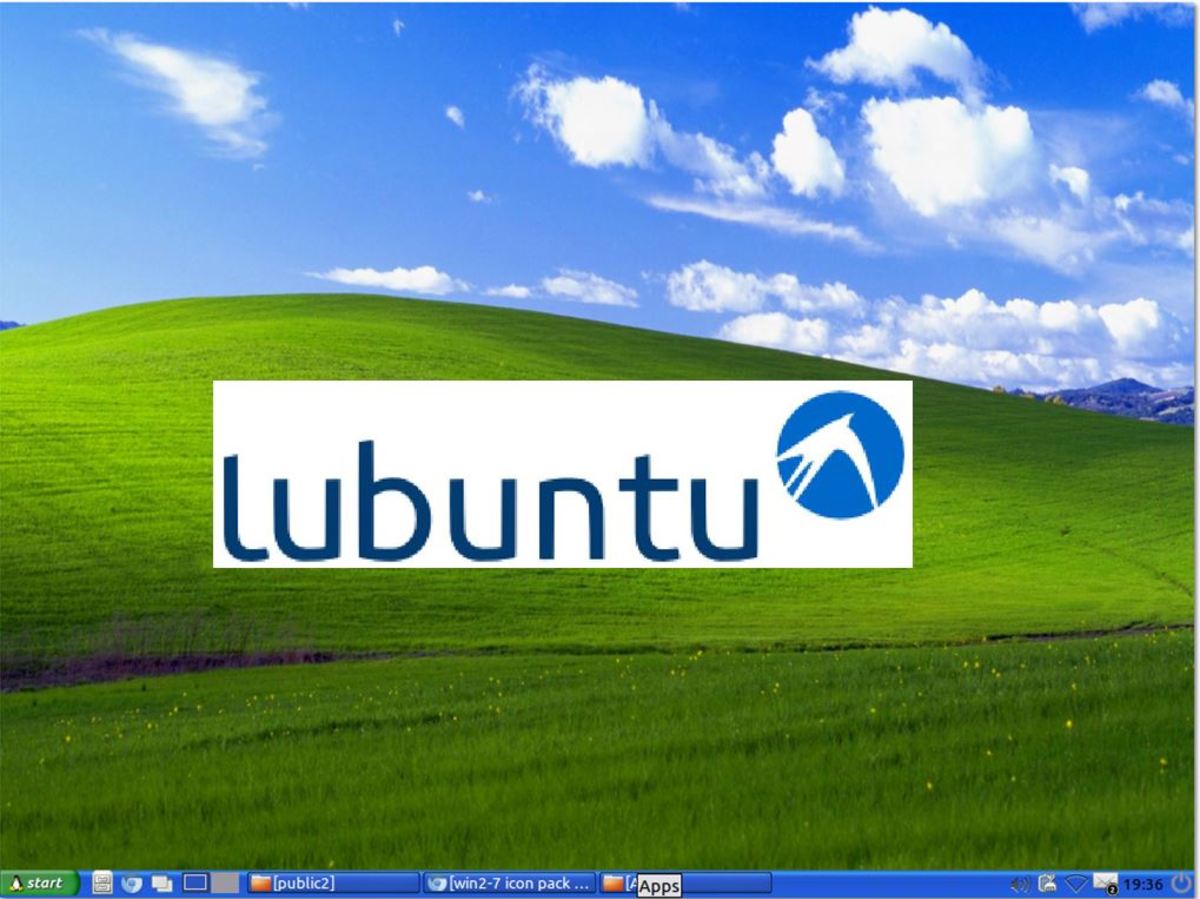Sans
Working With DOS operating System
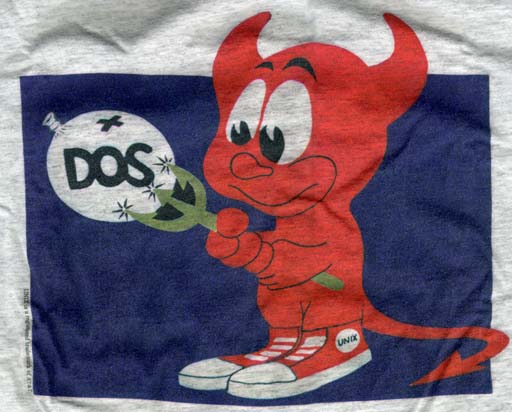
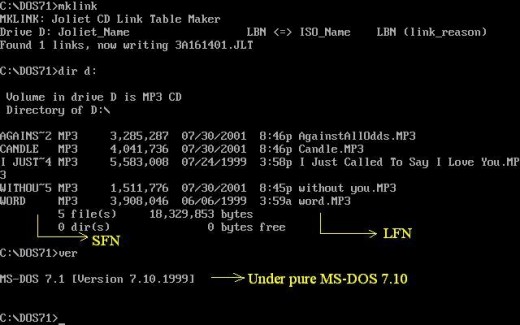
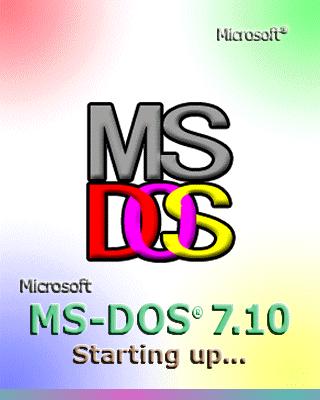
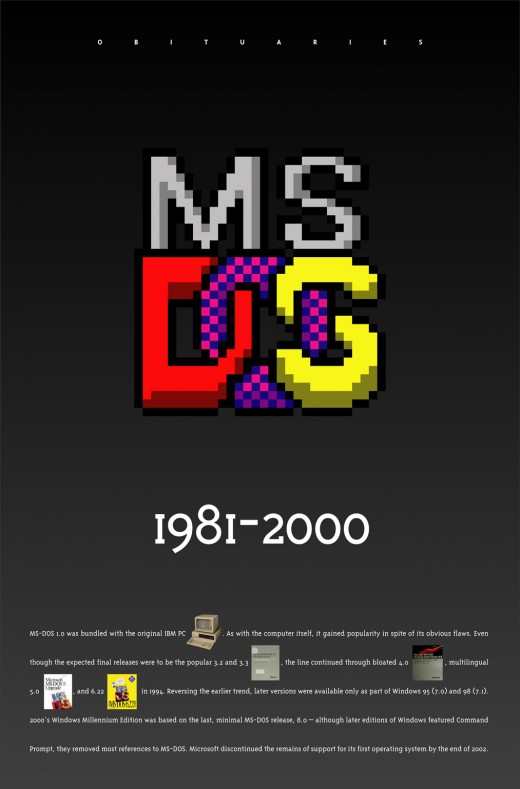
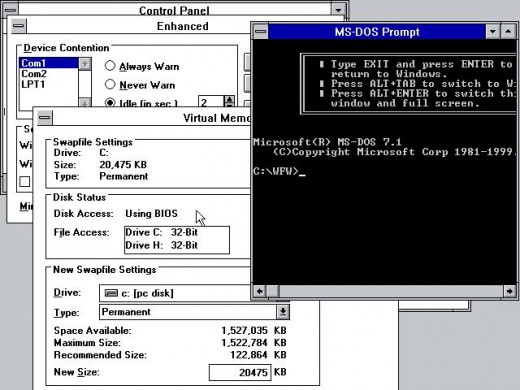
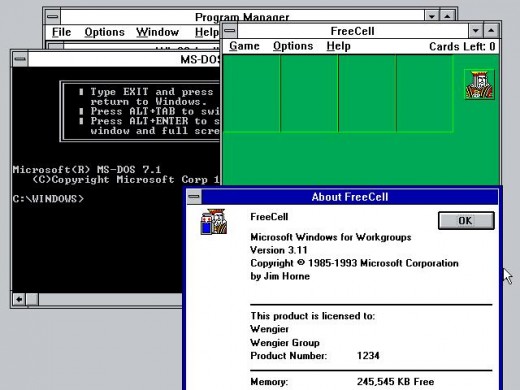
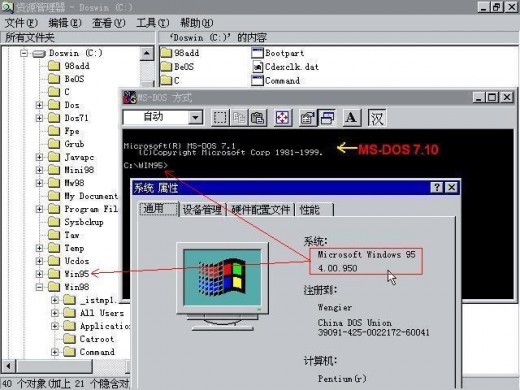
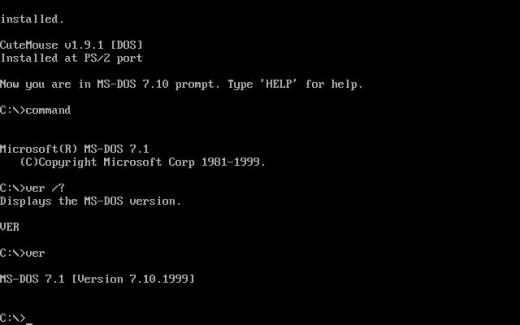
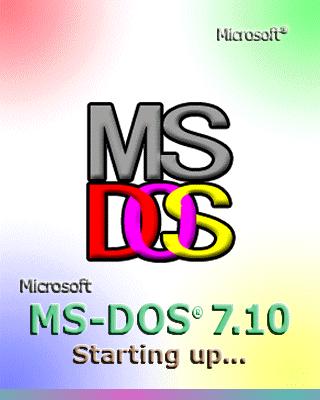
Every operating system consists of two parts: Kernel and shell. The kernel is responsible for interacting with hardware and the shell is responsible for interacting with the user. The shell acts as the command interpreter which takes the commands from the user, interprets them and takes action accordingly. For some commands, specifications are available inside the shell. Such commands are known as internal commands and the commands, for which specifications are to be provided externally, are to be known as external commands. Following sections will bring out some features of these commands and operating systems: MS-DOS and. Among this, MS-DOS is a CUI(Command User Interface) operating System and Windows XP is a GUI. A CUIoperating system wants the user to type commands in order to get the work done. A GUI operating system on the other hand requires one to select or click the desired commands or actions being displayed on the screen.
1. Booting DOS into main Window
Loading DOS into main memory involves loading of three main files of DOS IO.SYS, MSDOS.SYS and COMMAND.COM into the memory. Loading operating system files into main memory is known as booting of the computer. Loading these files takes time. The booting process is a step by step process as follows:
1. As soon as the machine is switched on, POST (Power On Self Test) is performed which checks for integrity (CPU, RAM, IO Devices etc.) of a computer system. If any component which is a part of this process is found to be faulty, an error message is displayed.
2. A chip called ROM-BIOS (Read Only Memory-Basic Input services) is read and executed. Then a check is performed for DOS files presence in the following order
i. First in A Drive; if found there, Operating System (OS) is loaded from the drive A.
ii. If not found in A drive, then C Drive is scanned for OS files’ availability. If DOS files are found in the drive C, then OS is loaded from the drive C.
iii. If OS files are not found anywhere the following error message will be displayed on the screen
Non-system disk or disk error
Replace and press any key when ready.
3. If OS files are found in the Drive, its very first sector called boot sector is read which stores a small program called bootstrap loader in which instructions are stored. The bootstrap loader is then loaded in the main memory and its instructions are executed. If OS happens to be DOS then it is loaded in this manner:
i. Firstly IO.SYS file and then MSDOS.SYS file is loaded in the main memory and certain internal tablets are initialized.
ii. A file called CONFIG.SYS is searched for in the drive where from DOS is being loaded and if found, the computer system is configured according to CONFIG.SYS.
iii. The file COMMAND.COM is loaded into the main memory.
iv. A batch file known as AUTOEXE.BAT is searched for and if found, all its instructions are executed.
v. Finally DOS prompt is displayed which shows the drive letter from which the DOS has been loaded that is either C> or A>.
Now the drive from which the DOS has been loaded becomes the default drive or active drive that is whether operation would take place, it would be performed under this drive. This active drive can be changed as follows:
C > A: then press Enter
To change back to drive C Drive
A > C: then press Enter
Two files IO.SYS and MSDOS.SYS make the kernel of DOS which actually interacts with the hardware and the gets the work done. User interacts with the shell of DOS which is COMMAND.COM. Shell then interprets user request and interacts with the kernel for carrying out the user request.
1. FILES AND FILE NAMING CONVENTIONS
Any information which is to be stored on the computer’s secondary storage, would be stored as a file .A file is a collection of logically related information e.g. a file containing all details about graphs, a file containing ales data etc. Each file stored in the computer is given a name. The file name has two parts:
(i) Primary file name
(ii) Secondary file name(known as extension)
A primary file name consists of one to eight (1-8) characters in length. File extension consists of a period followed by zero to three (0-3) characters. Extensions are optional, but it is better to use them as they are useful for describing the contents of a file. For instance, all document files can be given an extension .doc. The primary file name and file extensions can have any characters other than following.
In the same manner, as files are given names, disks are given internal names called volume labels. It is an 11 character name given to a disk for better description for its contents.
a) Directory Structure of MS-DOS
Directories let you group your files in convenient categories. These directories in turn contain many other directories (known as subdirectories). This organized file structure is known as multilevel or hierarchical directory system.
The first level in a multilevel directory is known as root directory, which is created automatically at the time of disk formatting. Within these root directories you can create additional directories can be created. Within these, new files and subdirectories can be created.
Immediately after the booting, root directory is the current directory or working directory. These Working directories can be changed by using CD or CHDIR command of DOS.
Concept of path
Full name of a file or directory consists of path\primaryname.extension.
Path is a sequence of directory names which give you the hierarchy to access a particular directory or file name. The full name of a file or directory is also called pathname.
Wild Cards
Two special characters, ‘?’ (Question mark) and ‘*’ (asterisk) are called wildcards in DOS. They are useful in MS-DOS command lines because they give flexibility in specifying paths and files.
The ? Wild Card
A question mark (?) in a filename or file name extension means that anyone or none character can occupy that position. Remember when ? is the last character in the primary or secondary name pattern, then it goes for the one or none character matching otherwise it goes for exactly one character matching otherwise it goes for exactly one character matching.
The ‘*’ Wild Card
The * (asterisk) replaces any number of characters.


